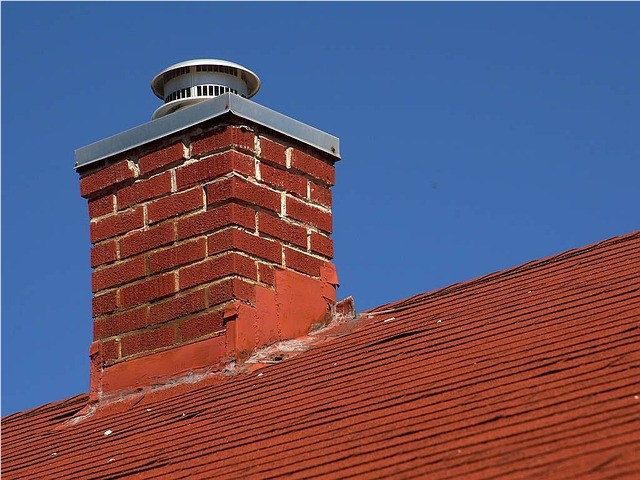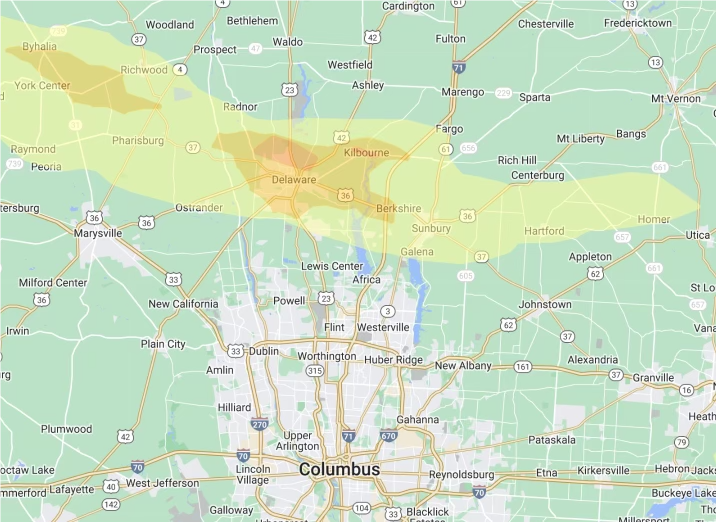
Feazel has mentioned it before, your roof takes a beating throughout the year. Hail, wind, driving rain, and more are rough on your roofing system. But what about the parts of your home that exit out of your roof?
Your chimney rises above your roof line and takes a direct hit from inclement weather events, from heat and humidity to frigid wind chills. One of the most important parts of your chimney is the chimney crown. But what does it do for your home?
What is a Chimney Crown?
The top of your chimney is a critically important piece for preventing water from entering your home via the chimney. The crown is typically made of concrete or metal and sits directly on top of the stack. The crown protects the interior (chimney flue) and exterior of your chimney from taking in water.
Directing water away from the mortar joints that hold together the chimney will prevent loose bricks, additional damage, and large-scale chimney repair.
Water getting inside your chimney flue liner can lead to mildew. Repeated exposure to moisture will lead to the deterioration of the flue which will lead to costly repairs.
What Are Chimney Crowns Made Of?
Your chimney crown can be made of different materials. What’s most important is that it is constructed of metal, concrete, or stone, and then covered in a sealer to protect your chimney from water damage.
Do All Chimneys Need a Crown?
Brick, stone, and wood chimneys need to have a crown in place to prevent moisture from entering the fireplace system. Having a crown in place will prevent moisture from causing costly damage to your flue tile and stop the deterioration of the bricks and mortar.
What is the Difference Between a Chimney Crown and Cap?
The crown is entirely different than the cap. The crown attaches to the chimney and the cap, which is often metal, attaches to the flue.
Why Does My Chimney Crown Need Repair?
Over the course of time, the weather will wear down the materials that make up your chimney crown. The freeze-thaw cycle is a large component in causing your crown to crack. Once the process of deterioration has started, something needs to be done or the crown will continue to leak and cause larger and more expensive problems.
What options do homeowners have?
Repair or reapply sealant. These options are dependent on the condition of the crown.
Chimney crown sealers will be used if the cracks are smaller and less significant. Sealers stop moisture from getting into the chimney. They can last for around 5 years before needing reapplication. Regular chimney service inspections will help homeowners be informed of any small crack formation.
The repair can run the gamut from filling gaps and cracks with patch cement and then applying a sealant. In more severe cases, the entire crown will be rebuilt which provides an opportunity to start from scratch to ensure that the crown will not leak.
What Maintenance Do Chimney Crowns Require?
The best maintenance that homeowners can provide for their chimneys is an annual chimney inspection. In most cases, homeowners cannot easily see the condition of their chimney crown. Annual inspections will catch any small cracks in the crown and can head off a potential problem with a quick crown repair.
Do You Have Chimney Concerns? Read more about your chimney structure and what to do if your chimney leaks. If you are experiencing chimney leaks, repairing damaged mortar, or problems with caps or crowns, contact us for a free estimate!
Tags
Subscribe to Feazel's Blog




Comments